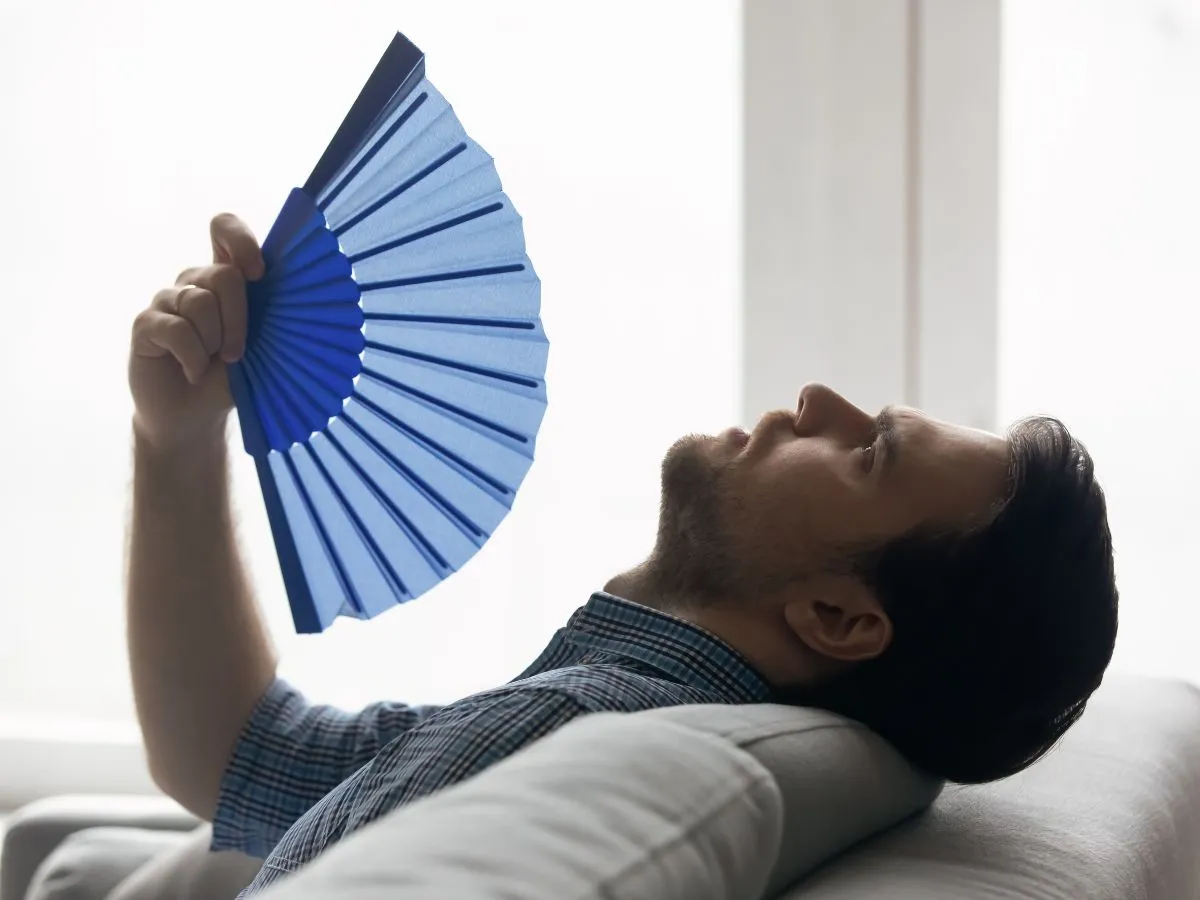A seasonal variation study in male Testosterone levels in Northern Norway, measuring variations in total and free testosterone, Lutenizing Hormone(LH) and Sex Hormone Binding Globulin( SHBG) levels of 1548 men yielded contradictory results.
Northern Norway was chosen since the population was exposed to a wide seasonal variation in both temperature and daylight.
Total Testosterone – showed seasonal variation with a small peak in February, lowest in June, but highest T-levels in the months of October and November.
Free Testosterone – also demonstrated a clear seasonal pattern with the peak in December while lows recorded in August.
Given that vitamin D is most abundant during summer months which helps boost testosterone, the obvious result/ or expected outcomes would be that t levels should be high in summer right? Well not so. Nature’s wisdom says otherwise.
Even after accounting for age and waist to hip ratio, the patterns remained the same.
Months with high temperature and extended daylight hours recorded the lowest T-levels while the colder months and shorter daylight, produced higher T-levels.
Waist to Hip Ratio – This result was a contradiction. It ran parallel with daylight and high temperature. The ratio is highest during summer, lowest in winter. This result was an inverse correlation to the seasonal testosterone variation.
Hormone levels - The variations in hormone levels were large, with a 31% difference between the lowest and highest monthly mean level of free testosterone.
More studies are needed to establish the association, correlation and causes of such results. Maybe an evolutionary biologist will dig deeper and connect all the dots.
 |
||
Take our online test and check if you are eligible for our hormone therapyThis allows our medical team to analyse your blood test and confirm if you’ve qualified for treatment |
Given seasonal variations, is a standardized norm or a standardized testosterone level number to indicate low-T even a good thing?
But it is easy to speculate, if the male body evolved to accommodate for low sun light and low vitamin D, by increasing testosterone synthesis in the winter months, while in the summer months the abundance of vitamin D levels helps the body make testosterone compensating lower levels of testosterone if needed to achieve optimum levels of testosterone?
Also, controlling testosterone production in the summer,may be a protective measure not to harm the body from excess, runaway testosterone production? Seems logical.
This is also a cue from nature not to mess with testosterone levels by indiscriminate self-medication which is only counter productive. Testosterone abuse leads to many harmful effects including shrinking of testes, no natural testosterone production at all by the body making one dependent on external testosterone for life.
And this also begs the next question or reiterates the point, if a standardized normal level of testosterone is even right? Maybe it should take into account the latitude and longitude, intensity of sunlight, duration of daylight, and night etc also into consideration along with symptoms to determine treatment, dosage of testosterone and outcomes?
How does seasonal variation in light conditions – intensity and pattern of light exposure affect male testosterone levels?
Another study in Norway concluded that seasonal variation in the lighting conditions- that is intensity and the pattern of the light exposure for people living at high latitudes, may result in variations in circadian rhythms affecting melatonin levels.
Melatonin levels also regulate sleep, and is inversely correlated with cortisol. Melatonin is the sleep hormone, while cortisol is the wake up hormone, which activates to sunlight and peaks in the morning while melatonin peaks in the evening.
Disruptions in the melatonin and cortisol levels, and the natural pattern disruption also affects testosterone levels.
Light is a rhythmically occurring natural phenomenon which plays a major role in regulation of the body's circadian rhythms. Lights keep the internal rhythms synchronized with the external solar day.
The aim of the study was to report on the natural pattern of diurnal(occurring every day) and seasonal light exposure, and to examine seasonal variations in the circadian change of melatonin and cortisol concentrations for a group of Swedish office workers.
Details of the study:*
“Background: Seasonal variations in physiology and behavior have frequently been reported. Light is the major zeitgeber for synchronizing internal circadian rhythms with the external solar day. Non-image forming effects of light radiation, for example, phase resetting of the circadian rhythms, melatonin suppression, and acute alerting effects, depend on several characteristics of the light exposure including intensity, timing and duration, spectral composition and previous light exposure, or light history. The aim of the present study was to report on the natural pattern of diurnal and seasonal light exposure and to examine seasonal variations in the circadian change of melatonin and cortisol concentrations for a group of Swedish office workers.
Methods: Fifteen subjects participated in a field study that was carried out in the south of Sweden. Ambulatory equipment was used for monthly measurements of the daily exposure to light radiation across the year. The measurements included illuminance and irradiance. The subjects collected saliva samples every 4 h during 1 day of the monthly measurement period.
Results: The results showed that there were large seasonal differences in daily amount of light exposure across the year. Seasonal differences were observed during the time periods 04:00-08:00, 08:00-12:00, 12:00-16:00, 16:00-20:00, and 20:00-24:00. Moreover, there were seasonal differences regarding the exposure pattern. The subjects were to a larger extent exposed to light in the afternoon/evening in the summer. During the winter, spring, and autumn, the subjects received much of the daily light exposure in the morning and early afternoon. Regarding melatonin, a seasonal variation was observed with a larger peak level during the winter and higher levels in the morning at 07:00. “
*Excerpts are from the following study:
Annual variation in daily light exposure and circadian change of melatonin and cortisol concentrations at a northern latitude with large seasonal differences in photoperiod length.
PMID: 27435153
_1000.png)


